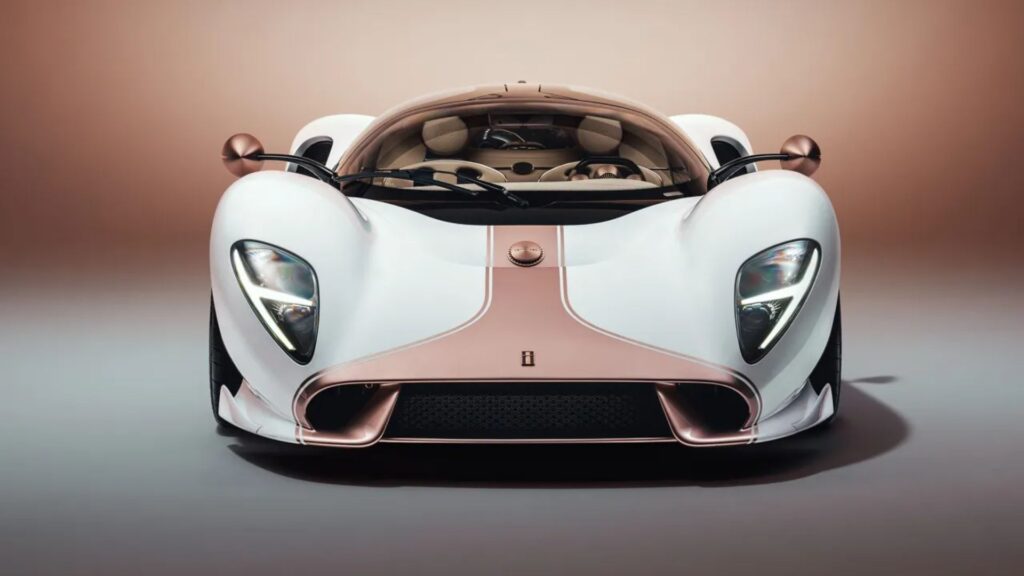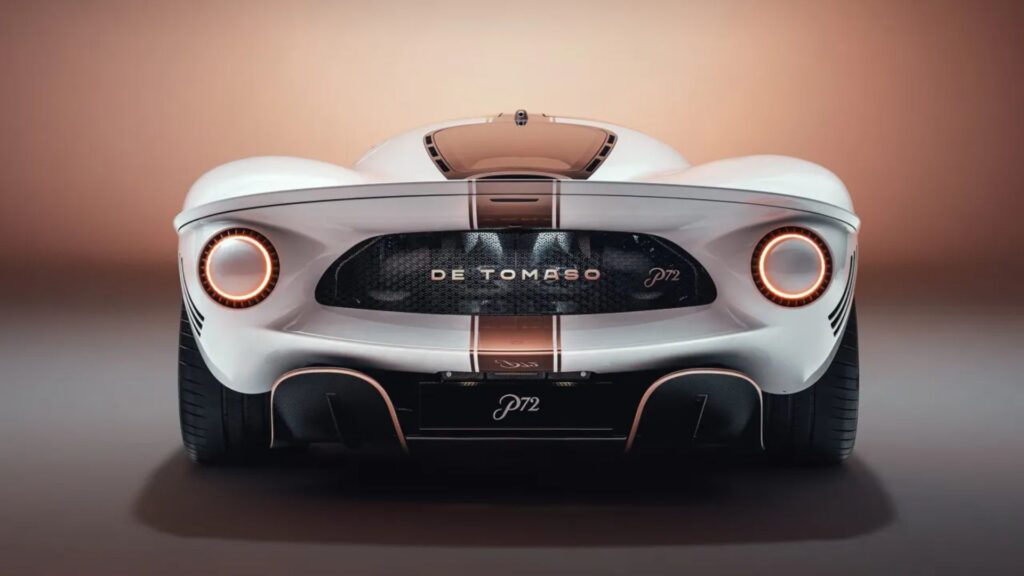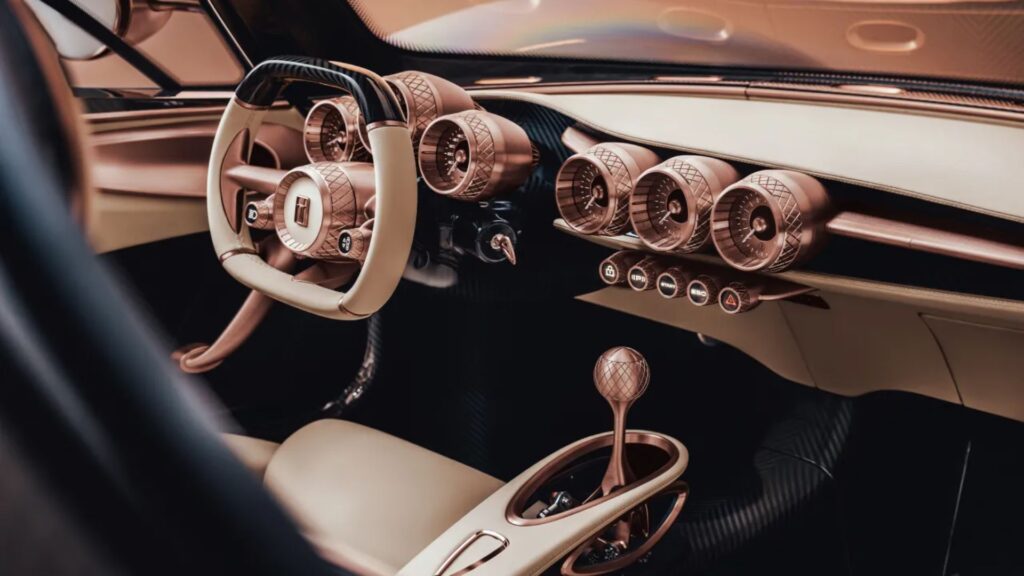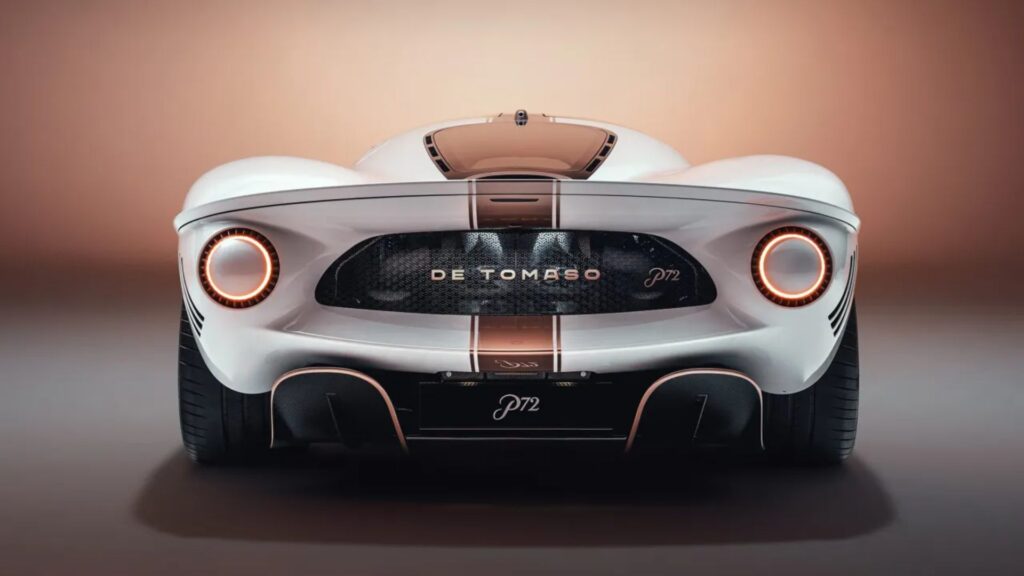The revival of a storied Italian nameplate has taken full shape as De Tomaso officially unveiled the production version of its long-awaited P72 this week, more than five years after first revealing the concept in 2019.

Limited to just 72 units—all of which are already spoken for—the P72 combines vintage design cues with modern performance and an emphasis on a purist driving experience rarely found in today’s hypercar landscape.

Visually, the P72 remains remarkably faithful to the concept version, showcasing flowing bodywork, dramatic fender curves, and a cockpit evocative of 1960s endurance racers. Underneath its carbon-fiber skin, the hypercar features a cutting-edge monocoque chassis constructed from a single, uninterrupted carbon-fiber piece—free from any bonded joints. According to De Tomaso, this structural purity results in exceptional rigidity and reduced weight.
Power comes from a naturally aspirated 5.0-liter Ford-sourced V8 engine delivering 700 horsepower. True to its retro ethos, the engine is mated to a six-speed manual transmission—an increasingly rare offering in the era of dual-clutch automation.

But perhaps the P72’s most audacious feature isn’t what it includes, but what it omits. The cabin is intentionally devoid of digital screens and infotainment systems. Aside from a mandatory rearview camera display integrated into the mirror, the interior is all analog. Polished metal, leather-wrapped gauges, and mechanical switchgear dominate the design.
De Tomaso refers to P72 buyers not as owners, but as “custodians,” a nod to the brand’s belief that the car is a rolling piece of art meant to be preserved and enjoyed. While it’s capable of high performance, the P72 has been geared for engagement over outright speed—a hypercar designed to be driven, not just displayed.

The model shown in the latest images is not a customer car, but an internal reference build that will guide production of the 72 examples. With its nostalgic soul and modern engineering, the P72 marks a bold return for De Tomaso—and a powerful statement about the enduring appeal of analog driving in a digital world.
